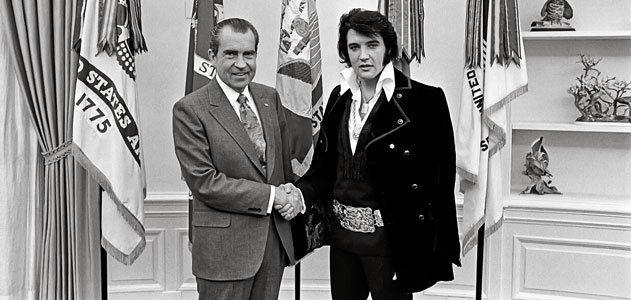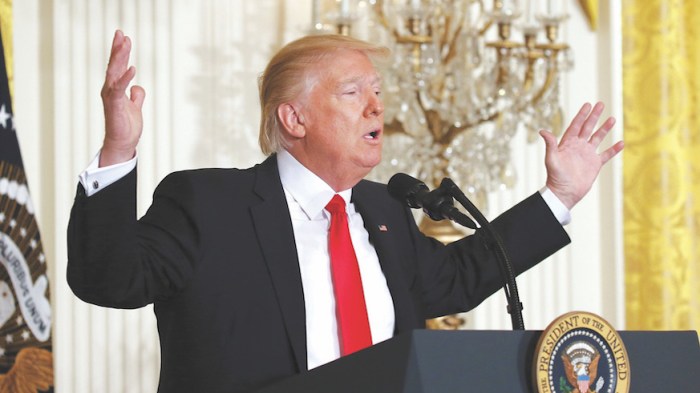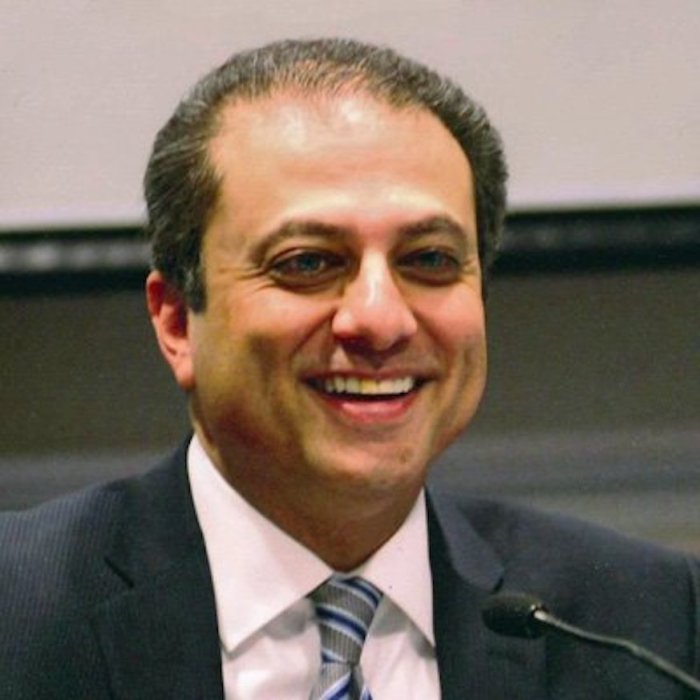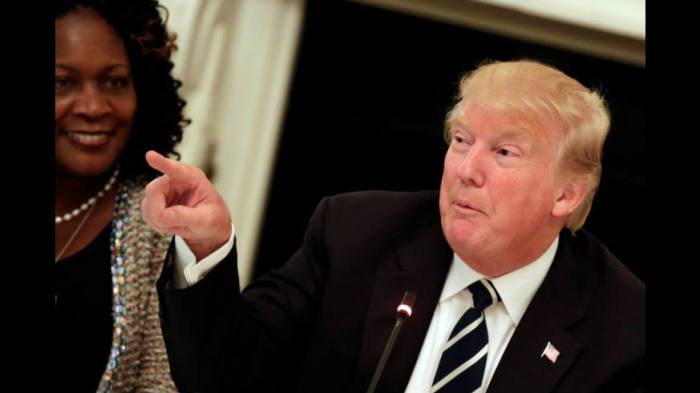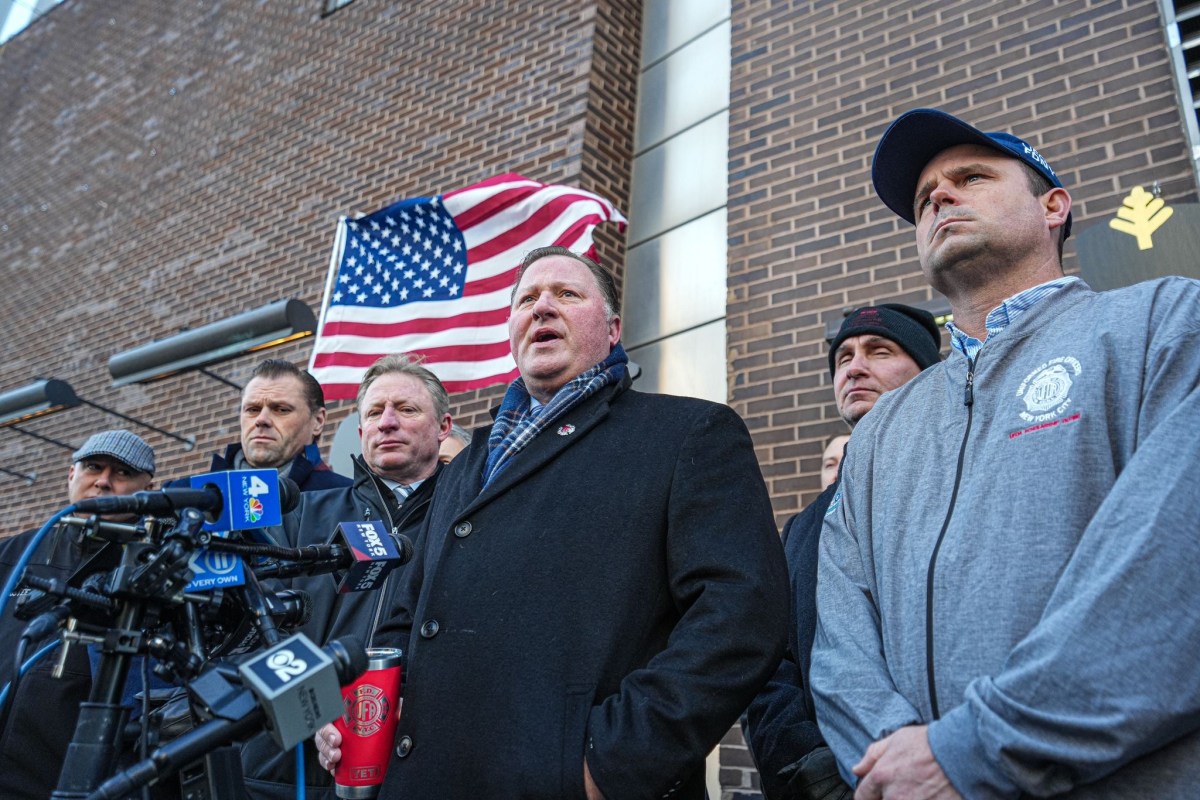The Saturday Night Massacre doesn’t refer to a killer President Donald Trump “Saturday Night Live” sketch or Steve Bannon impersonation (although some of those skits did slay). The Saturday Night Massacre refers to an infamous night in 1973 when then-President Richard Nixon ordered the dismissal of independent special prosecutor Archibald Cox, which led to the resignations of Attorney General Elliot Richardson and Deputy Attorney General William Ruckelshaus during Watergate.
Sound familiar?
What happened during the Saturday Night Massacre of 1973?
The short version: Nixon was in trouble over Watergate and got rid of attorneys general until he found one that suited his needs.
Digging deeper: Richardson appointed Cox to investigate the events around the break-in of the Democratic National Committee’s offices at the Watergate Hotel in Washington, D.C., on June 17, 1972.
Only the attorney general has the authority to fire the special prosecutor, but there must be cause. Richardson had promised the Senate during his confirmation hearing that he would not remove the Watergate special prosecutor unless there were “extraordinary improprieties.”
In his role as special prosecutor, Cox issued a subpoena to Nixon requesting taped conversations recorded in the Oval Office. Nixon refused to comply and instead, Nixon offered a compromise on Oct. 19, 1973: Sen. John C. Stennis of Mississippi would summarize the tapes. Cox refused the offer.
Ruckelshaus recalled in an op-ed for The New York Times when Richardson told him Nixon wanted to fire Cox.
“My reply reflected my belief at the time,” Ruckelshaus wrote in the July article. “‘Don’t worry,’ I said. ‘When it comes right down to it, he’ll never do it. The American people won’t tolerate it.’”
On Oct. 20, 1973, a Saturday, Nixon ordered Richardson to fire Cox.
Richardson refused to fire Cox and resigned in protest. Nixon gave the same order to Ruckelshaus, who also refused and resigned.
Nixon brought Solicitor General Robert Bork to the White House in a limousine and Bork was sworn in as acting head of the Justice Department. Bork complied with the president’s orders and fired Cox.
The other two branches of the government were not pleased and the public began supporting impeachment. As impeachment articles were brought up against Nixon, Tricky Dick beat them to it and resigned.
Why are we talking about the Saturday Night Massacre now?
In July, Trump fired then-FBI Director James Comey, who had been leading an investigation into the Trump camp’s possible collusion with Russia to influence the outcome of the 2016 election, sparking more impeachment rumors and bringing back thoughts of President “I am not a crook” Nixon.
Rumors that Trump has at least considered the option of firing Robert Mueller, special counsel spearheading the Russia investigation and a former FBI director, have made their way around the mill.
Add that to the tremendous turnover in Trump’s administration this summer and one might wonder if history plans to repeat itself.
“The events of recent weeks have eerily reminded me of those Watergate days,” Ruckelshaus wrote around the time Comey was fired. “When accusations of Russian involvement in last year’s election first surfaced, I thought President Trump could quickly put them to rest by revealing all he knew and instructing his staff to do the same, just as President Nixon could have done with the Watergate burglary in 1972.
“But President Trump hasn’t done that, even though he has consistently asserted his complete innocence. Why not lay it all out for the public to judge for itself? Are we headed for another long national nightmare? For the sake of the country, I hope not.”

